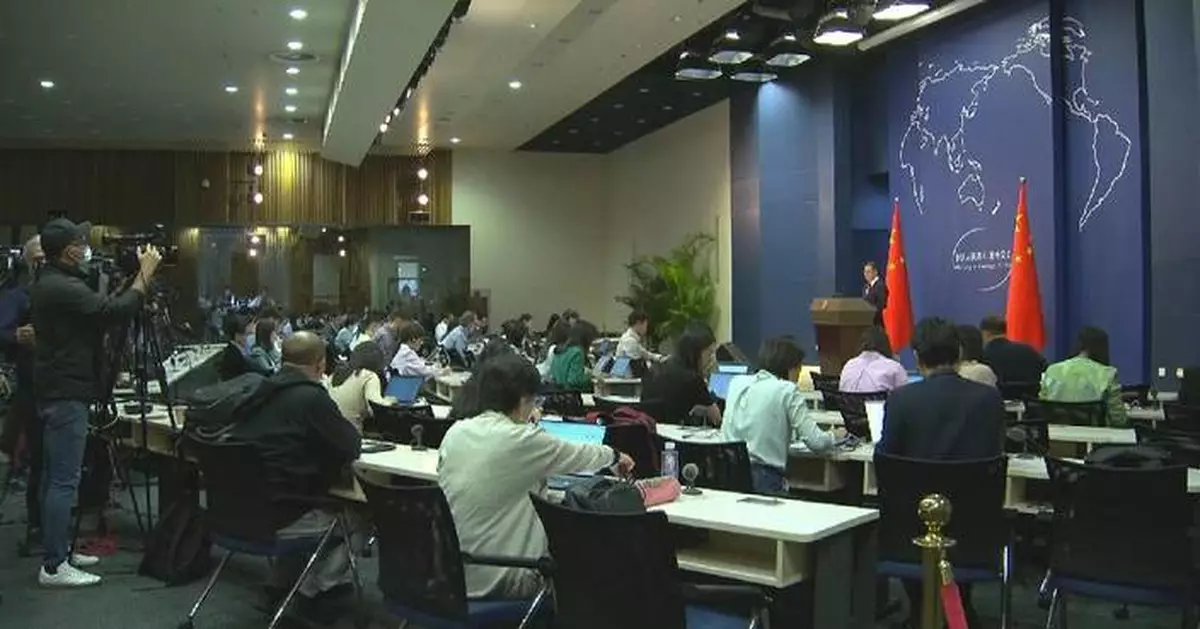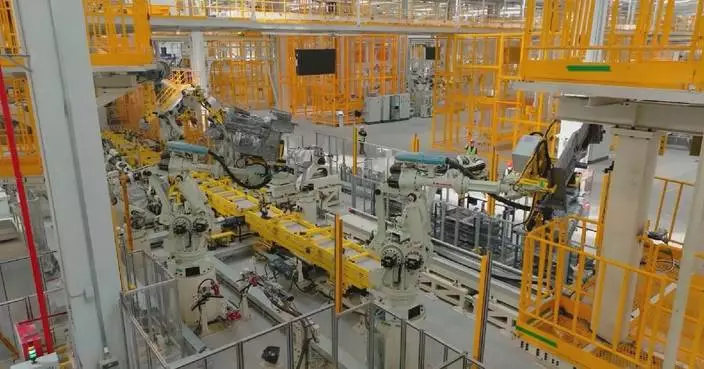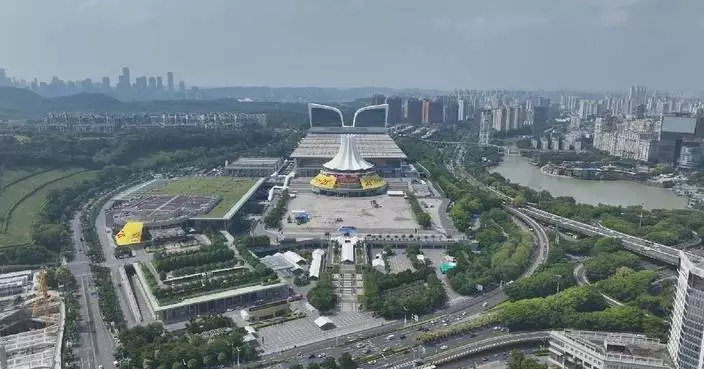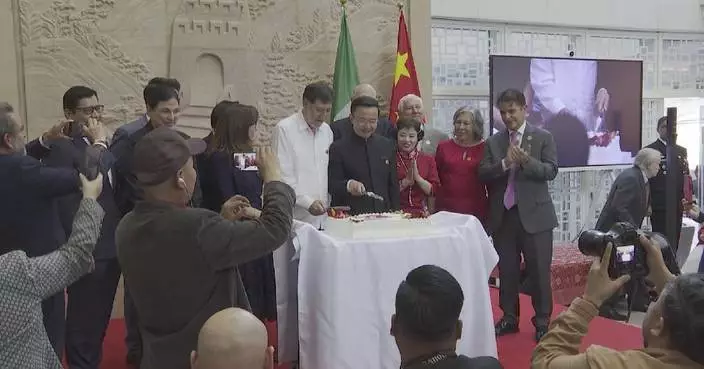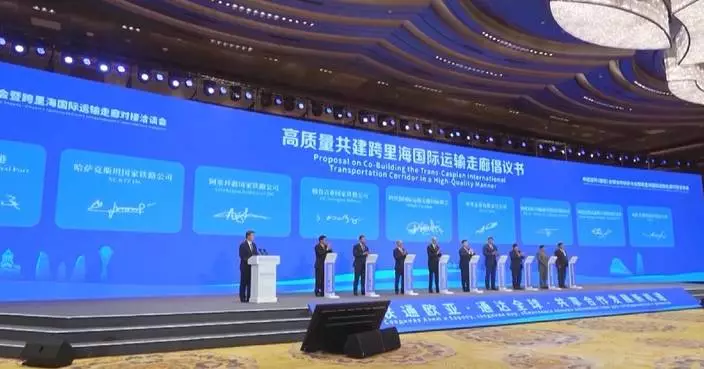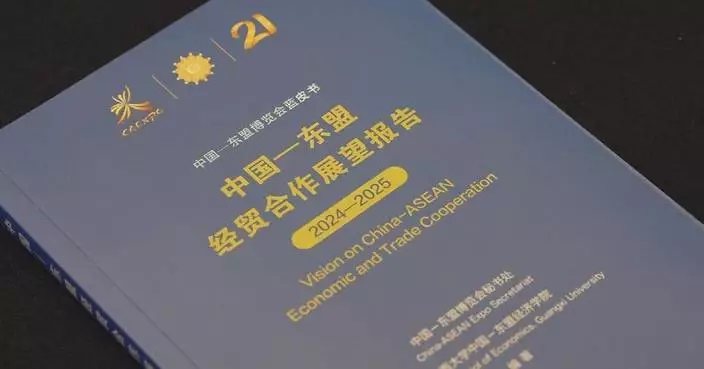The discriminatory measures proposed by the United States against Chinese-made hardware and software for connected vehicles violate fundamental WTO rules, said a Chienese Foreign Ministry spokesman on Tuesday.
Lin Jian, the spokesman, made the statement at a press conference in response to reports that the U.S. Department of Commerce plans to propose a ban on the use of Chinese software and hardware in U.S. connected cars and self-driving cars out of "national security concerns."
"The U.S. discriminatory measures against companies and products from specific countries violate fundamental WTO rules, disrupt international trade and investment, destabilize global industrial and supply chains, and will eventually harm its own interests. We have also noticed many questioning voices from American businesses. What the U.S. should do is stop suppressing and containing other countries in the name of national security and create an open, fair, transparent and non-discriminatory business environment for companies from other countries. We will resolutely safeguard our legitimate rights and interests," Lin said.

U.S. discriminatory measures against Chinese vehicles violate WTO rules: spokesman
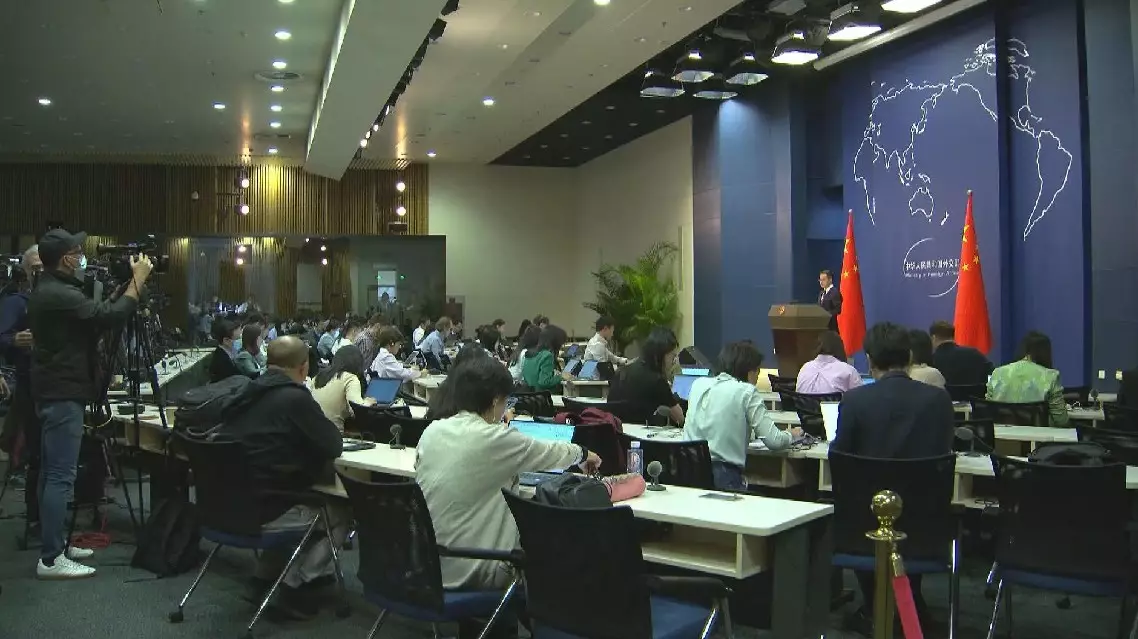
U.S. discriminatory measures against Chinese vehicles violate WTO rules: spokesman

U.S. discriminatory measures against Chinese vehicles violate WTO rules: spokesman
China launched a Smart Dragon-3 carrier rocket, also known as Jielong-3, from the waters near the city of Haiyang in east China's Shandong Province on Tuesday, placing eight satellites into planned orbit.
The commercial rocket blasted off at 10:31 a.m. (Beijing Time), carrying satellites including Tianyi-41 and “Hong Kong Youth Sci-tech Innovation,” the first satellite developed by the Hong Kong Special Administrative Region (HKSAR).
The launch marks the 4th flight mission for the Smart Dragon-3 carrier rocket series.
Smart Dragon-3 commercial carrier rocket is developed by the China Academy of Launch Vehicle Technology under the China Aerospace Science and Technology Corporation.
The four-stage solid-propellant Smart Dragon-3 rocket is a type of cost-effective and highly reliable launch vehicle that is mainly used for launching spacecraft to the sun-synchronous orbit or low Earth orbit, according to the developer.
"Our Jielong-3 rocket used the 'Oriental Maritime Space Port' offshore satellite launch vessel for the first time, which means stronger support and higher launch efficiency. We also used the large yaw technology to make our landing area safer, so that in the future, we will have different options according to the weight of the satellite, to make the launching more cost-saving," said Jin Xin, an engineer at the China Aerospace Science and Technology Corporation.
The "Hong Kong Youth Sci-tech Innovation" satellite is the first satellite funded and supported by the Innovation and Technology Commission of the HKSAR government. It is also the world's first science satellite using an AI large-model. It is equipped with a high-resolution optical remote sensing camera and high-performance computing power payload, realizing key technologies and functions such as high-resolution earth remote sensing observation, and on-orbit intelligent data processing.
"More than 90 percent of the satellite's research and development staff are young teachers, students and engineers, so it is named 'Hong Kong Youth Sci-tech Innovation.' We will carry out new technology verification such as on-orbit reasoning training of large AI models in orbit," said Guo Tao, chief designer of the satellite.
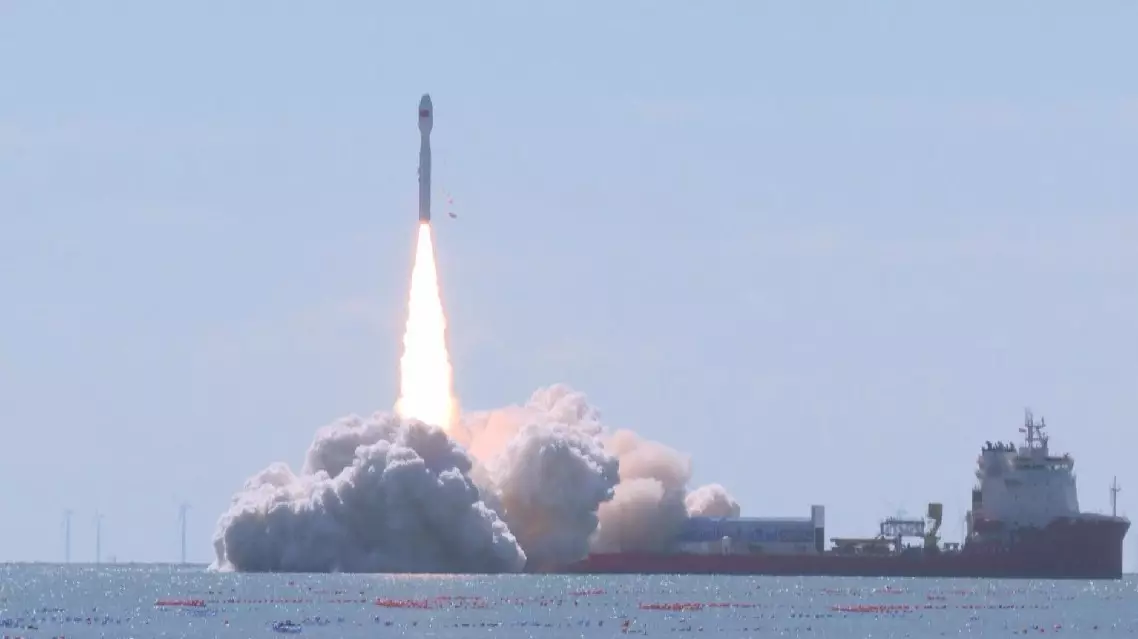
China's Smart Dragon-3 rocket sends eight satellites into orbit
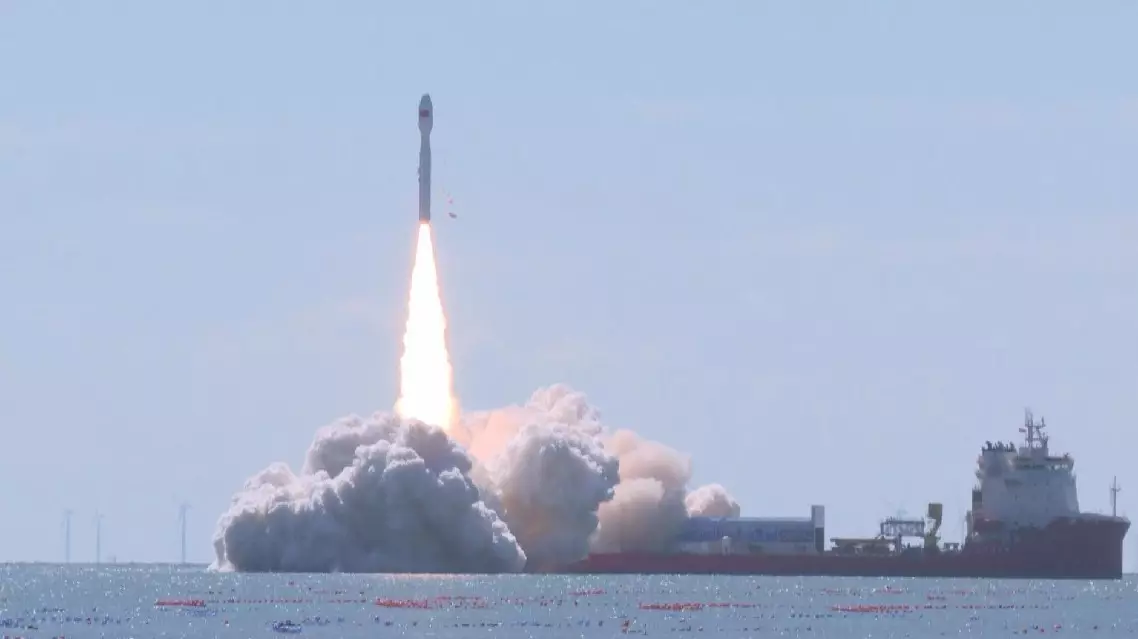
China's Smart Dragon-3 rocket sends eight satellites into orbit





